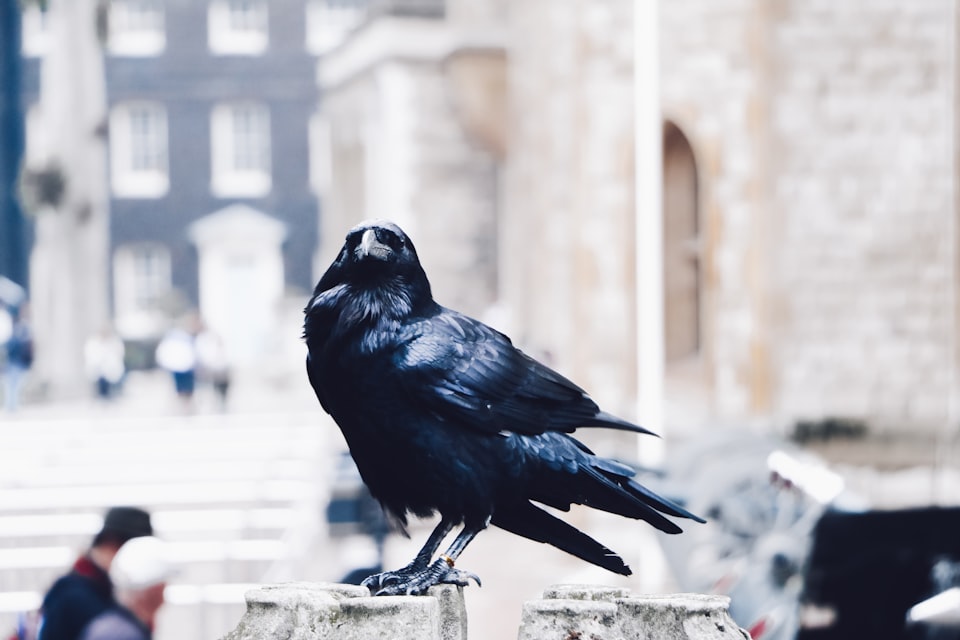Hutchinsonian Niche

by A.W. McCollough
The streets behind the Colosseum crowded with tourists and guides and shills and thieves. Pigeons mobbed anyone that looked like they might sit down and throw them bread. Black-hooded crows, wearing their ash-gray cloaks, perched on wire watching the churning mob. Two boys stood at the entrance to a narrow alley, the younger fascinated by the crows, until the older shook him.
"Ehi, guarda laggiù," the older said in gutter Italian, "The fat one. See him?"
"The American? Yes."
"And how do you know he is American?"
"His shoes, his undershirt, ill-fitting pants, his loud laugh, the water bottle."
"Yes, good. Watch him. See the black canvas bag? The stamp on it?"
The smaller boy narrowed his eyes. "Yes, a stamp like on the billboards."
"An American. Carrying a cheap, branded canvas bag. So..."
"He is a techie come for a conference."
"Yes, maybe skipping a session, out to see the ruins before they are dissolved by the acid rain. So. What time?"
The boy, Rico, looked at his watch, "11:45." The American ambled down the cobbled street, eating a sandwich in one hand and carrying a satchel in the other. He turned to watch a gaggle of guides flash past on whining electric monowheels.
'Remember, the Americans, what is the GMC? +16? So, then what is the timing?"
Rico, unable to afford even electronic contact lenses, much less optic implants for full aug-real immersion, glanced down at his castoff Samsung and pulled up the schedule.
"We're 15 minutes till noon. US offset media dump at 5 minutes after the hour."
"Good, good. Remember the timing. Watch not where he is looking, but where he is thinking. Then move."
Crows are tool users and people watchers. Even before the great migration into the cities when the wild lands died, crows lived in cities and were among the most adapted creatures to humans. Studies from last century showed that even the slightest injury done to a crow by a human, even a human wearing a mask, was remembered for generations, the insult passed down from crow to crow as fledglings watched their parents and siblings scold new mask-wearing graduate students. The crows watched, and learned, and adapted.